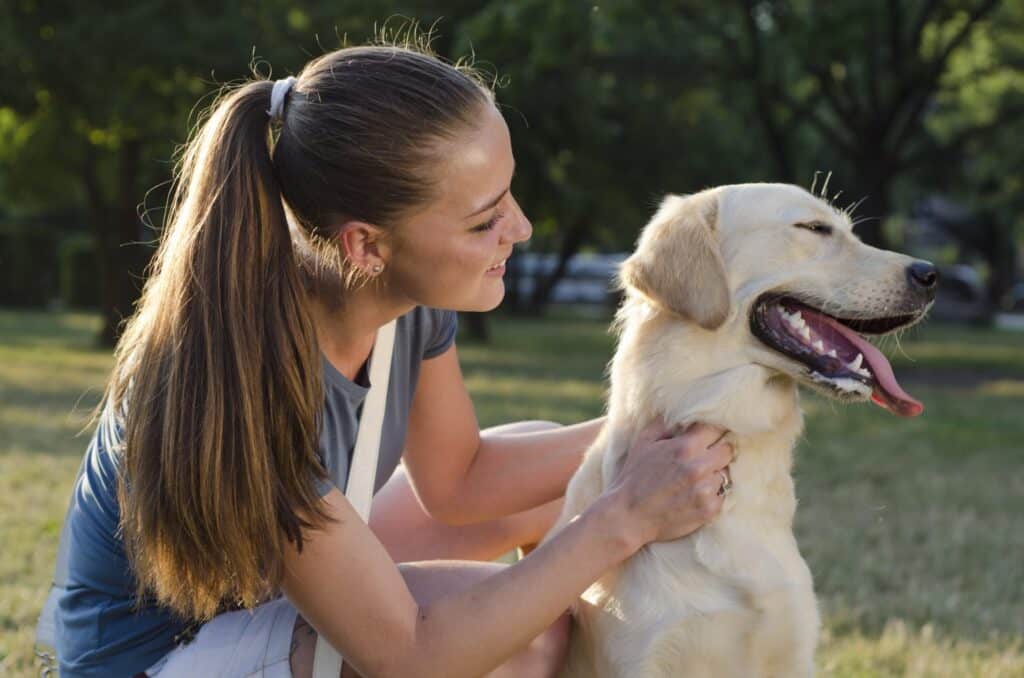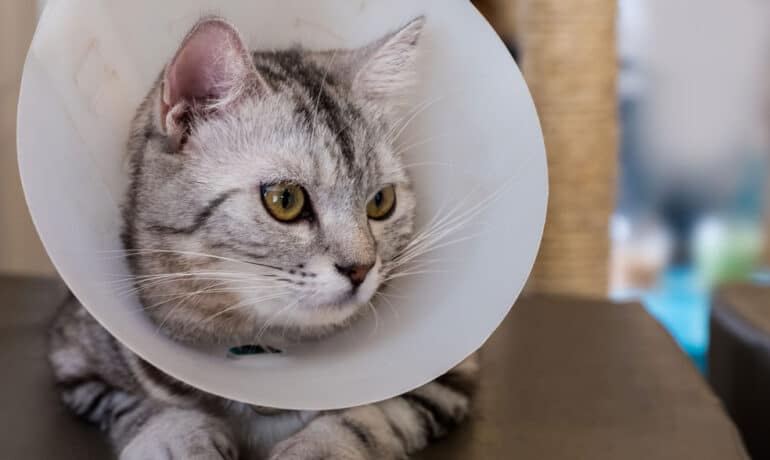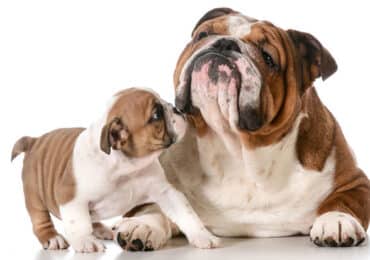Whether it’s routine spaying and neutering, orthopedic services, exploratory, soft tissue procedures or other, when your pet needs surgery it can be an overwhelming process for pet owners. However, with the proper pre- and post-surgery care and a veterinarian that you trust, there are steps you can take to help ensure your pet has a safe and smooth surgery, and that their recovery is as comfortable as possible.
Follow these care protocols before and after your pet’s surgery to help make sure they remain happy and healthy.
BEFORE SURGERY
Ask your vet any questions you have prior to surgery day.
At Grand Valley, our team strives to provide clients with everything they need to know about their pet’s surgery, including steps to take before and after the procedure, but always encourage pet owners to ask any questions they may have. These conversations help to offer you a deeper understanding of how the surgery may benefit your pet, what you will need to do prior to surgery to help ensure a successful procedure, and what you can expect afterwards to help your pet heal.
Do not feed your pet after 9:00 pm the night before surgery.
As with humans, pets need to go into surgery on a completely empty stomach for their safety. Under anesthesia, pets lose the ability to swallow, so if the stomach contracts during surgery and forces vomit up into the mouth, they won’t be able to swallow it back down. This can cause inhalation of the stomach’s contents into the lungs resulting in pneumonia or even lead to suffocation, so an empty stomach is vital to a safe surgical procedure.
Water is okay the night before surgery, but remember – no breakfast, snacks, or treats the morning of the operation. If your pet has a special condition in which withholding food is tricky, such as diabetes, be sure to speak with your vet well in advance before the scheduled surgery to receive clear instructions on exactly how to prepare your pet for the procedure.

Confirm with your vet if your pet’s regular medications can be administered.
If your pet takes any type of medication, check with your vet at least 2 weeks prior to your pet’s surgery to determine if these meds should still be administered during the weeks or days leading up to the surgery. Certain medications can interfere, while others may be no problem, so it’s important to consult with your vet.
Ensure your pet eliminates prior to bringing them into the clinic.
On the morning of the surgery, make sure your pet has plenty of time to relieve themselves with a brief walk before you bring them into your veterinary clinic for their surgery appointment.
Leave a reliable phone number.
Make sure that your vet has a reliable phone number to reach you. This is very important to ensure the clinic can reach you anytime throughout the day to notify you of progress.
AFTER SURGERY
Protect your pet by providing safe, comfortable places for them in the car and at home.
As the anesthesia wears after surgery, your pet may become disoriented and not act 100% like themselves. To keep them safe, it is vital to ensure they have a secure, comfortable place to rest on the car ride home from the vet’s office. When you arrive home, provide your pet with a soft, clean bed in a warm and quiet area so they can get some uninterrupted rest. This will help their healing process and get them back to normal as quickly as possible.

Give your pet access to fresh water but hold off on food until the next morning.
For dogs, don’t feed them after surgery; resume a normal diet the next morning. For cats, wait a few hours after you arrive home before offering them about half of their normal meal serving.
Anesthetics can cause loss of appetite, so it’s common for pets not to be too hungry post-surgery anyway, but this is an important part of making sure they are slowly easing themselves back into their routine and not upsetting their stomach.
Restrict exercise, such as running or jumping, for 7 days.
Exercise can cause stress on the incision site, risking the possibility of opening sutures and affecting the healing process. Ask what type of exercise will be okay for your pet; low activity like exercise like short walks may be fine after a few days – consult with your veterinarian before bringing your pet home.
Avoid baths; keep sutures dry for 7-10 days.
Moisture on the sutures can risk infection. Along with not bathing them, ensure they’re not licking their incision, and do not apply any ointments or creams unless directed by your vet.
Administer medications according to the label directions.
Only give your pet medications that have been administered and directed by your vet in the correct dosage. Again, if your pet was taking medication prior to surgery, ensure it’s okay after the procedure as well. Contact your vet if you’re worried that the medications are affecting your pet too little or too much.
Unless directed otherwise, you will not need to remove your pet’s sutures.
In most cases, when the incision naturally heals, the sutures will dissolve on their own. If you have any questions or concerns about this, contact your vet.
Carefully watch your pet’s incision and keep their cone on as directed.
Keeping a close eye on your pet’s incision and ensuring it is not irritated is essential to helping your pet heal as quickly as possible. If your vet directs you to keep your pet’s protective cone on for any length of time, make sure you follow these instructions closely – no matter how much it may or may not appear to bother your pet – for their own wellbeing.
If there are any problems with your pet or their incision, contact your vet.
If your pet’s incision appears red or swollen, has excessive discharge, or if a cough persists for more than 3 days, contact your vet immediately. As with any open incision, there is always a small risk of infection. While following the above protocols will help enable proper healing, any incision can run the risk of infection so it’s vital to closely watch your pet’s surgical site and reach out for proper follow-up treatment if needed.
Follow these protocols to help your pet find the best path to a comfortable healing process, and full recovery so that your pet can go back to their normal routine as quickly as possible. At Grand Valley Animal Hospital, our team is here to answer any of your questions and help you feel well-prepared for your pet’s pre- and post-surgery care. For more information on these protocols or general questions on your pet’s surgery, give us a call at 701.757.3500.



